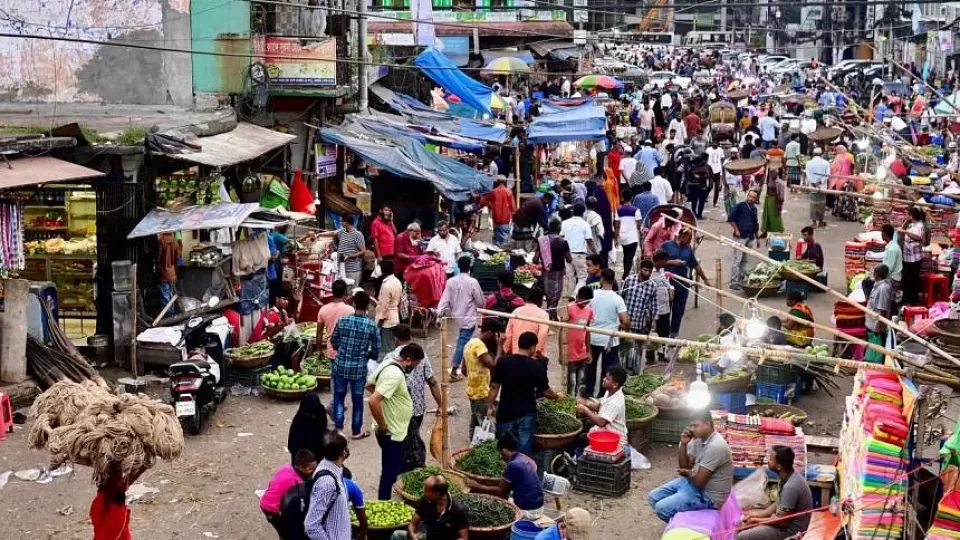July 29, 2022
DHAKA – The sixth population census of Bangladesh, and the first to be done digitally, is finally out. It’s a huge undertaking no doubt, covering a lot of components, but here are the major findings from the preliminary report unveiled on Wednesday: Bangladesh now officially has a population of 16.51 crore people (excluding the expatriates). Its population growth rate has come down to 1.22 percent from 1.46 percent in 2011, when the last census was conducted. This is a major victory for family planning campaigners who noted the slow growth trend over the past decades and the prospect of reaching “population stabilisation” with zero growth by 2050.
Division-wise, the highest growth rate has been witnessed in Dhaka, unsurprisingly, and the lowest in Barishal. There were also three notable demographic shifts: Females outnumbering males for the first time (by 1,634,382); the increase of the urban population size (with 31.51 percent of the total population living in urban areas compared to 23.30 percent in 2011); and the decline in the population ratios of religious minorities. Overall, the country’s population density has increased to 1,119 people per square kilometre, which was 976 in 2011.
The latest census, delayed by a year because of the pandemic, will influence major socioeconomic policies in the coming days. It also offers a window into the demographic changes taking place silently and over time. Thus, it is disturbing to see the decline in the population ratios of all religious minorities. The ratio of Hindus, for example, stands at 7.95 percent of the total population, while it was 8.54 percent in 2011 and 13.5 percent in 1974. Their percentage has declined consistently since the Partition in 1947, when the subcontinent was divided along religious lines. The same happening today, in a country seething with religious intolerance, cannot be explained by lower fertility alone. We need to critically examine this.
Another disconcerting feature of the census is the size of the “transgender” population – a mere 12,629 – who were officially counted for the first time. The number is hard to believe, however, and it’s likely that many members of the community were not counted. The same goes for the people in flood-hit areas in the north who were fighting for their lives, many cut off from the mainland, when the census was conducted. Its timing – in June and in the middle of monsoon – not only marked a departure from our census traditions, but also potentially cost enumerators the chance to include everyone. What about the slum dwellers? What about the homeless and landless people? What about the ethnic minorities? Have they been counted properly?
We hope the authorities will address these issues before the population data is finalised through Post-Enumeration Check (PEC), which will reportedly take a few months to complete. The government must ensure no one is left out of the data, and consequently its benefits. Only then will the census be truly meaningful.


